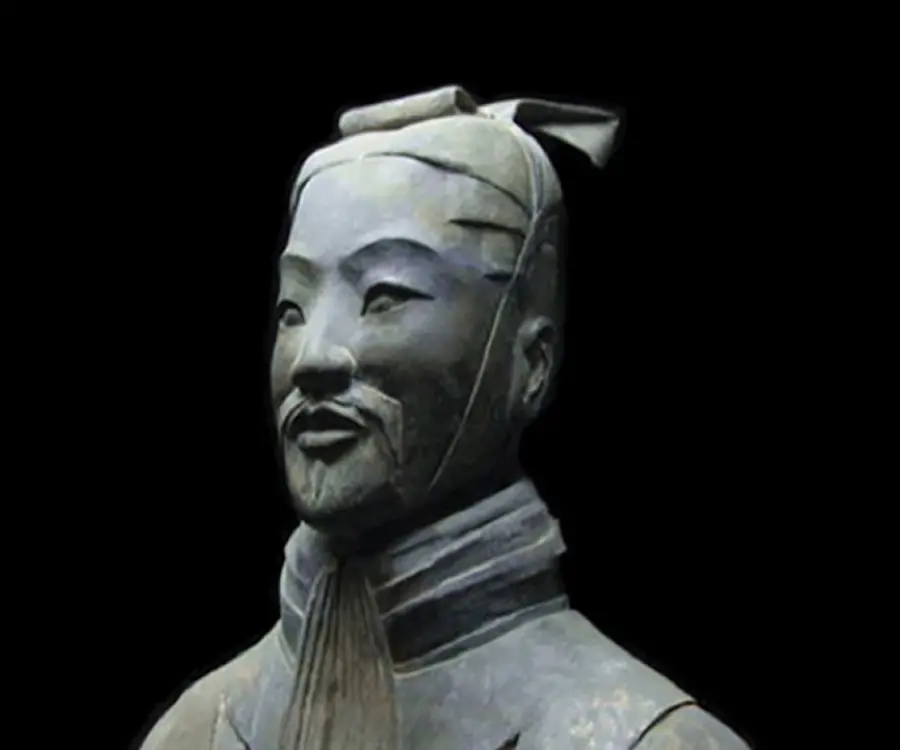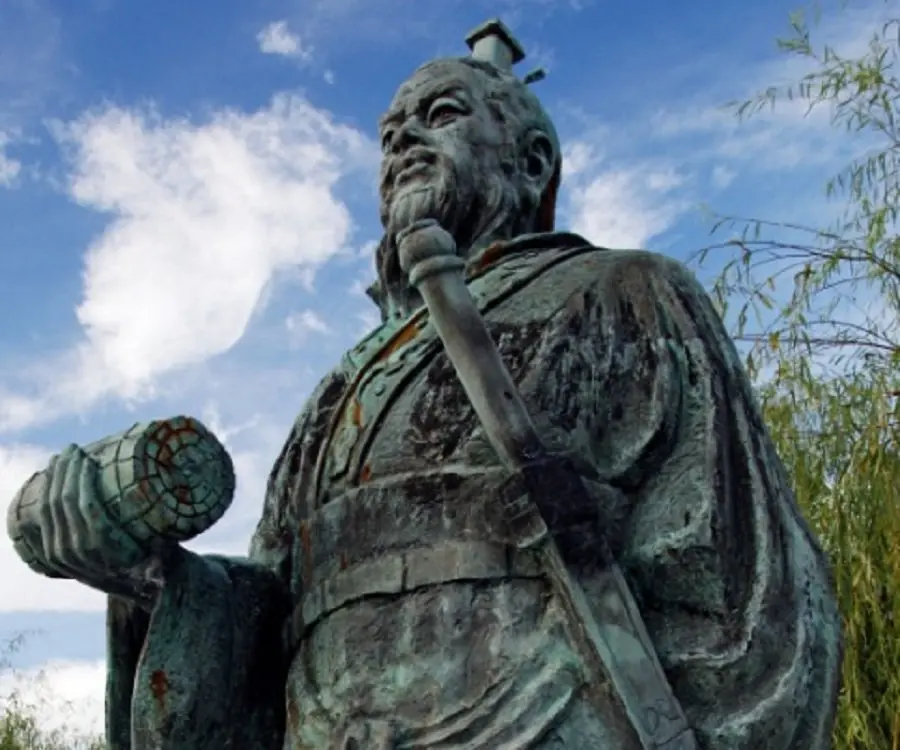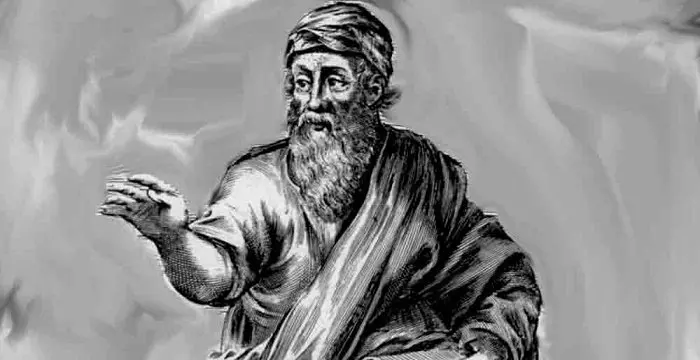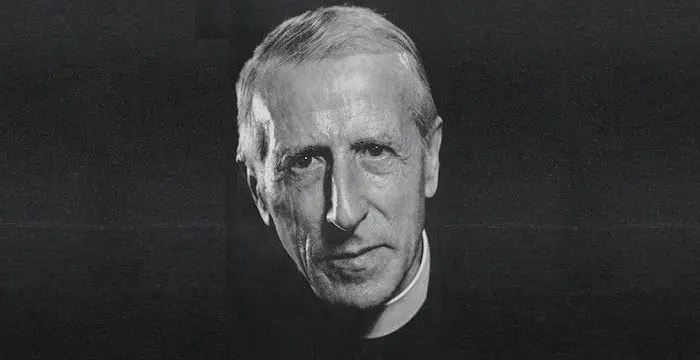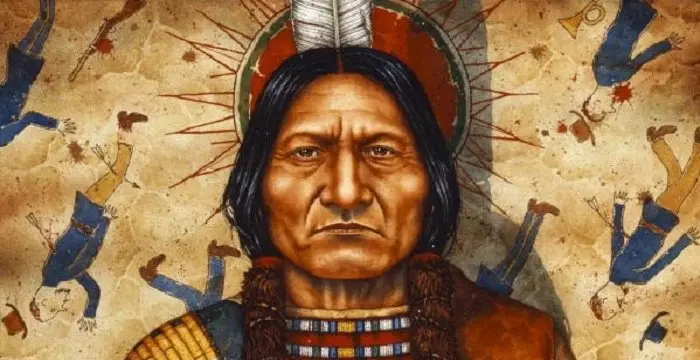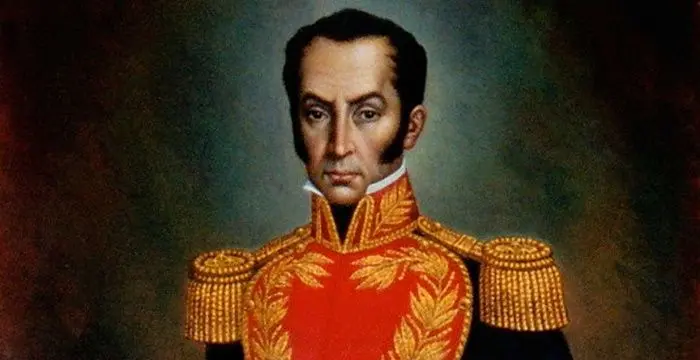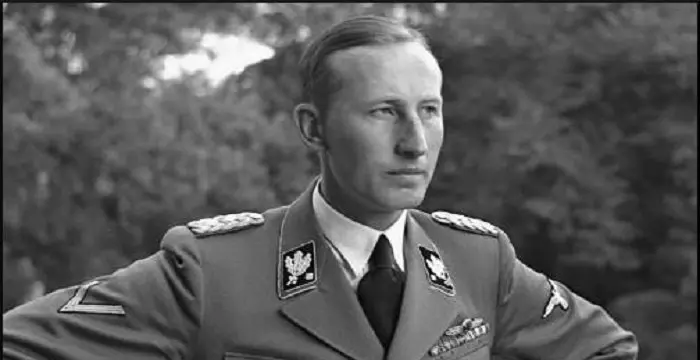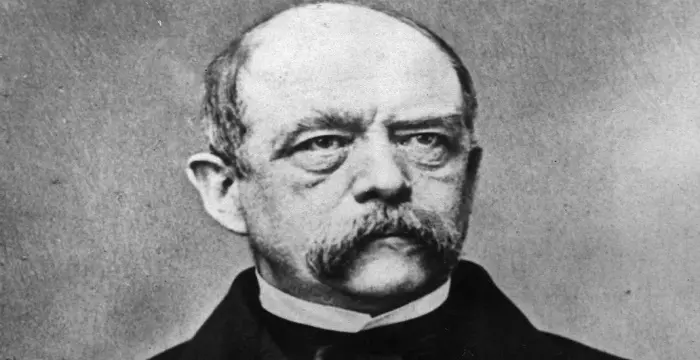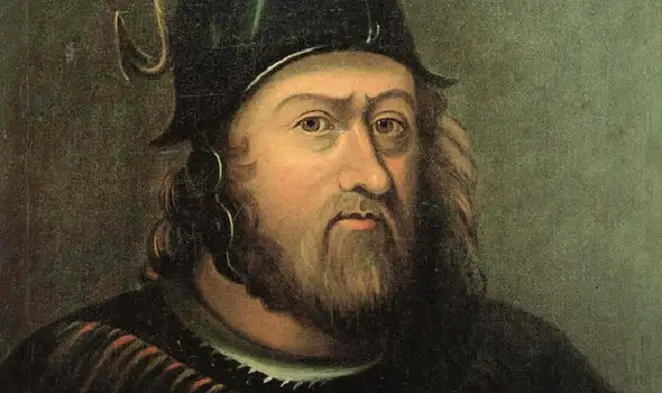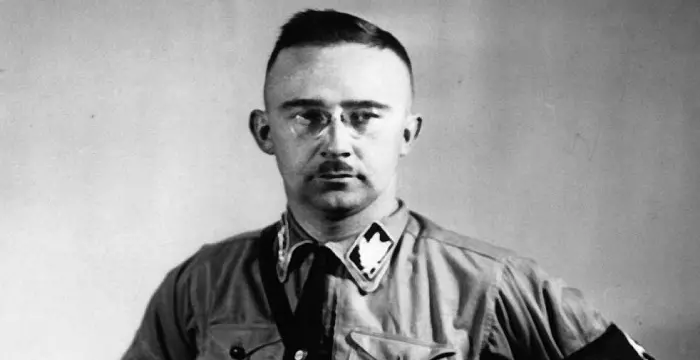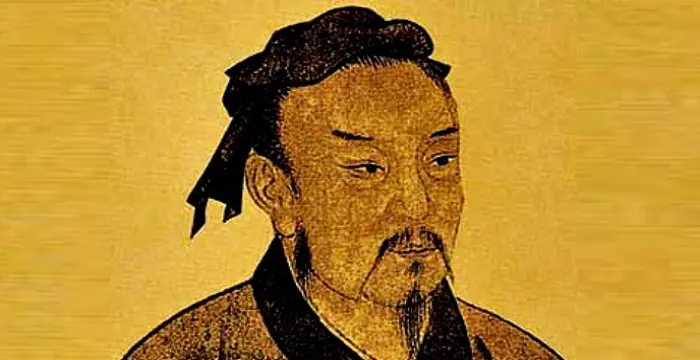
Sun Tzu - Ancient Military General, Birthday and Childhood
Sun Tzu's Personal Details
Sun Tzu was an ancient Chinese military general philosopher who wrote the famous book, “The Art of War”
| Information | Detail |
|---|---|
| Birthday | 544 BC |
| Nationality | Chinese |
| Famous | Philosophers, Leaders, Military Leaders, Ancient Military General, Philosophers, Strategist |
| Gender | Male |
| Famous as | Ancient Military General, Strategist & Philosopher |
| Died at Age | 48 |
Sun Tzu's photo
Who is Sun Tzu?
Sun Tzu was an ancient Chinese military general, strategist and philosopher, who is believed to have written the famous ancient Chinese book on military strategy, “The Art of War”. Through his legends and the influential “The Art of War”, Sun Tzu had a significant impact on Chinese and Asian history and culture. The book drew immense popularity during the 19th and 20th centuries when the Western Society saw its practical use. This work still has continued its impact on both Asian and Western culture and politics. Sun Tzu’s authenticity is still a question of debate, but the traditional Chinese accounts place him in the Spring and Autumn Period of China (722–481 BC), where he was a military general serving under King Helü of Wu. Based on the description of warfare in “The Art of War” and the striking similarity of the text’s prose to other works from Warring States period led the modern scholars to place the completion of “The Art of War” in the Warring States Period (476–221 BC).
Biography detail
Sun Tzu Childhood and Life
The exact birth of Sun Tzu is still uncertain, due to unreliability of the oldest available sources. The official chronicle of the State of Lu, The Spring and Autumn Annals states that Sun Tzu was born in Qi whereas The Records of the Grand Historian or Shiji states that Sun Tzu was a native of Wu. Both sources agrees on the fact that he was born in the late Spring and Autumn Period of China (722–481 BC), where he was a general and strategist, serving under the king of Wu, King Helü. His victories at the wars inspired Sun Tzu to write “The Art of War”. In the subsequent Warring States Period (475-221 BC), “The Art of War” became the most widely read military treatise. Warring States Period was period of constant war fought between seven nations (Zhao, Qi, Qin, Chu, Han, Wei and Yan) to gain control over the vast expanse of fertile territory in Eastern China. Sun Tzu proved his theories were effective on the battlefield as he had a successful military career. Sun Tzu’s descendant, Sun Bin, also became a famous scholar of the military arts.
The Art of War
The famous military treatise, “The Art of War” written by Sun Tzu depicts a philosophy of war for managing conflicts and winning battles. Some modern philosophers believe that apart from the writings of the author, it also contains commentary and clarifications from later military philosophers, such as Li Quan and Du Mu. This masterpiece, since its first publication, has been translated and distributed internationally, and was frequently referred and used by generals and theorists. There are numerous theories concerned with the completion of the text but it has been archeological proved that the Art of War was composed by at least the early Han dynasty. Since it is nearly impossible to predict the correct date of its completion, the differing theories regarding the work's author(s) and date of completion will never resolve. It was one of the six survived major works written before the unification of China in the 2nd century BC. In the late 1st millennium AD, during the Song Dynasty, these six major works were combined with a Tang Dynasty text into a collection also known as the Seven Military Classics. Being the central part of the collection, “The Art of War” formed the bases of orthodox military theory in China. The language used in the book can be distinguishable from a Western text on warfare and strategy. It was said that the text had recurrent mentions such as a leader must be “serene and inscrutable” and capable of comprehending “unfathomable plans”, which was confusing for Western readers who lack the awareness of the East Asian context. These statements will make clear sense if studied with Taoist thought and practice.
According to Sun Tzu, an ideal general was an enlightened Taoist master which led to “The Art of War” to become a prime example of Taoist strategy. It is different from the other Western works, such as Prussian general Carl von Clausewitz's On War on its spiritual dimension. To have well understanding of this text, it is essential to have awareness on Taoism. This book also gained popularity among the political leaders and those in business management. Today, it is also used in public administration and planning. Apart from describing the theories of battles, this text also discusses the diplomacy and developing relationships with other nation’s importance for the sovereignty of a state. It is now listed on the Marine Corps Professional Reading Program and is recommended to be read by all United States Military Intelligence personnel. CIA officers are also required to read this book. Scholars discovered a collection of ancient texts written on unusually well-preserved bamboo slips in early 1970s. These texts included “The Art of War” and Sun Bin's “Military Methods”. Sun Bin's “Military Methods” was written by a descendant of Sun and was lost since then. It is considered very important because of Sun Bin's relationship to Sun Tzu and also due to its addition to the body of military thought in late Chinese antiquity. This discovery led to the significant expansion of the body of surviving Warring States military theory. Sun Bin’s text, apart from being the only surviving military text from the Warring States period discovered in the twentieth century, also contains the closest similarity to “The Art of War” among all surviving texts.
Legacy
Sun Tzu’s “The Art of War” influenced many prominent figures from the history. One of the earliest accounts was of the first emperor of a unified China, Qin Shi Huang, who considered the book had ended the Age of Warring States. This text was introduced in Japan around AD 760 and quickly became popular among Japanese generals. This book played a significant role in the unification of Japan. Samurai were known to have honored the teachings of this book. The history states that the French emperor Napoleon studied Sun's military writings and used it effectively in the war against the rest of Europe. His ignorance to the central principles such as attentiveness to temporal conditions led to his defeat in Russia. There were accounts of Admiral of the Fleet Tôgô Heihachirô, who led Japan's forces to victory against Russia in the Russo-Japanese War, being an avid reader of “The Art of War”. Even the communist Chinese leader Mao Zedong partially credited his victory over Chiang Kai-shek and the Kuomintang in 1949 to this text. General Vo Nguyen Giap, who was the military mastermind behind victories over French and American forces in Vietnam, was believed to be an avid student and practitioner of Sun Tzu's ideas. It was the American defeat in Vietnam which brought attention of American military leaders to the writings of Sun Tzu. It is now listed on the Marine Corps Professional Reading Program. Its significance was proved again during the Persian Gulf War in the 1990s, where both General Norman Schwarzkopf, Jr. and General Colin Powell used Sun Tzu's principles of deception, speed, and attacking the enemy's weakness.
// Famous Philosophers
Roland Barthes
Roland Barthes was a French literary theorist, critic and semiotician. This biography profiles his childhood, life, works, achievements and timeline.
Pythagoras
Pythagoras of Samos was a Greek mathematician and philosopher. Read on to learn more about Pythagoras’s profile, childhood, life and timeline.
Pierre Teilhard de Chardin
Pierre Teilhard de Chardin was a famous French philosopher and a priest who was also known for his controversial writings. Read more about the life and works of this philosopher in the following article.
// Famous Military Leaders
Sitting Bull
Sitting Bull was a Teton Dakota Indian chief who led Sioux tribes in their struggle for survival on the North American Great Plains.
Simon Bolivar
Simón Bolívar was a Venezuelan military leader who was instrumental in independence of several Latin American countries from the Spanish rule. This biography profiles his childhood, life, achievements and timeline.
Reinhard Heydrich
Reinhard Heydrich was a high-ranking German Nazi official during the World War II. Check out this biography to know about his childhood, family life, achievements and other facts about his life.
Otto von Bismarck
Otto von Bismarck served as the Chancellor of Germany and the Prime Minister of Prussia. He unified the German states into a powerful German empire. This biography profiles his childhood, political career, life, achievements and timeline.
William Wallace
William Wallace was a Scottish knight who was a central figure in the Wars of Scottish Independence. This biography of William Wallace provides detailed information about his childhood, life, achievements, works & timeline.
Heinrich Himmler
Heinrich Himmler was a German Nazi military commander and a close associate of Adolf Hitler. This biography profiles his childhood, family, personal life, role in concentration camps and his death.
Sun Tzu's FAQ
When was Sun Tzu died?
Sun Tzu was died at 2020-04-14
Which age was Sun Tzu died?
Sun Tzu was died at age 48
What is Sun Tzu nationalities?
Sun Tzu's nationalities is Chinese
How famous is Sun Tzu?
Sun Tzu is famouse as Ancient Military General, Strategist & Philosopher
